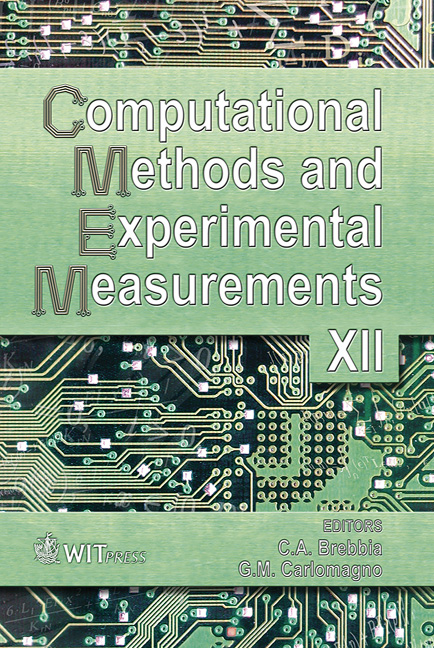Nodal Density Refinement And Adaptivity For The Meshless Integral Method
Price
Free (open access)
Transaction
Volume
41
Pages
10
Published
2005
Size
384 kb
Paper DOI
10.2495/CMEM050121
Copyright
WIT Press
Author(s)
J. F. Ma, X. J. Xin, A. Bodin & P. Krishnaswami
Abstract
The meshless integral method is an improved version from an earlier model based on the local boundary integral equation (LBIE). Through the use of the subtraction technique, the strong singularity in the governing integral equation is removed which significantly improves the accuracy and robustness of the method. The meshless integral method does not require a mesh to discretize the problem domain, and the approximate solution is constructed entirely based on a set of scattered nodes. Essential boundary conditions are imposed directly and accurately in a way similar to that used in FEM. In this paper, the effect of nodal density is investigated, and an adaptive algorithm is proposed for density refinement and accuracy improvement. Keywords: meshless method, local boundary integral equation, linear elasticity, subtraction technique, singularity removal, nodal density refinement. 1 Introduction The finite element method (FEM) has been one of the most widely used computational methods in mechanics. Despite its computational power and versatility, FEM remains prone to some inherent problems such as locking, limited continuity across element boundaries, difficulties in mesh generation, and slow convergence or even divergence in the event of severe mesh distortion or entanglement. Over the past two decades the meshless methods in computational mechanics have attracted much attention owing to their advantage in adaptivity and in solving problems with discontinuity, large deformation, moving boundary, and material nonlinearity. In the meshless method, the concept of an element is
Keywords
meshless method, local boundary integral equation, linear elasticity, subtraction technique, singularity removal, nodal density refinement.





